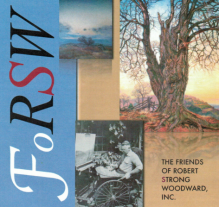Quick Reference
Painted 1919
Crittenden Road
Oil on Canvas
Landscape
Trees, Landscapes & Views
27" X 30"
Boston Art Club, 1919
Lost in the Dec. 1922 studio fire.
NA
Featured Artwork: Laurel and Wild Cherry (27" x 30")
RSW's Diary Comments
Woodward wrote one painting diary entry for two paintings of the same name but different sizes:
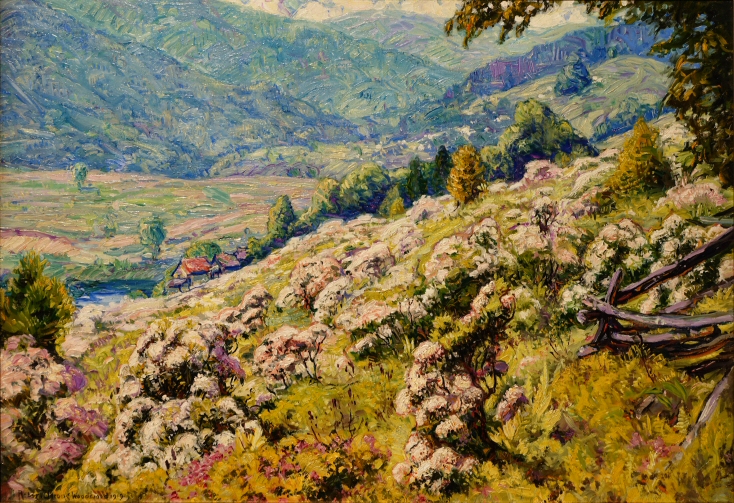
 New England Valley, 1919
New England Valley, 1919
Painted around the same time, this painting also
features Laurel on what, we believe, is most likely
Crittenden (Hill) Road, Shelburne Falls portion of
Buckland, MA. That glimpse of water on the left is
we believe might be Hillman Ice Pond facing south.
The other option is that it is the Deerfield River to
the north but the hill topography does not match.
"Painted in summer of 1919. A beautiful painting of detail of laurel and bloom overhung by a wild cherry branch, against dark background. I painted a 27" x 30" up on Crittenden Road beyond Abbott place, beautifully successful. It burnt in Redgate fire, but had made this enlargement which was saved at the house. Right after the fire Mr. Spaulding, having seen the 36" x 42" at the art club previously asked if I still had it, and bought it. Mr. John T. Spaulding, 14 Beacon St., Boston,---but later I understand he gave it to his sister, Mrs. Henry P. King of Beacon Street and Prides Crossing. Mrs. King died in 1938 -9"
Notebook comments of RSW:
"Enlargement copied from smaller canvas of same subject (burnt in Redgate) painted summer of 1919. Exhibited first, the same Fall at Boston Art Club--from where it went to Worcester Museum. Shown later at Springfield Art League show Springfield, Mass, Bought January 1923 by John L. Spaulding, 99 Beacon St. Boston for $600."

 The Portal, 1919- Exhibited at the
The Portal, 1919- Exhibited at the
National Academy of Design
Editor's Note:
Technically, Woodward did not write a diary entry for this 27" x 30" painting. Perhaps it
was because it was destroyed and no longer existed physically. Still, it is a painting that did exhibit and
had success according to the diary entry above and hence it does belong in his complete list of paintings
(his ouvre) and now has its own page.
It appears to us that the artist painted the 27" x 30" first,
liked it so much, he painted the 36" x 42" shortly thereafter. But, the 27" x 30" was sent to the Boston Art
Club's (BAC) Second Annual New England Artists' Series that fall and it was the following year, 1920, that
the 36" x 42" painting was hung prominently at the 1920 BAC and later sent to the Worchester Art Museum.
Similarly based in concept, the painting to the left, The Portal, also features blooming flowers in
dark woods and is from the same time period.
Additional Notes

 Woodward posing in front of Redgate very
Woodward posing in front of Redgate very
early on, around 1913 give or take a year.

 North Adams Transcript,
North Adams Transcript,
Dec. 20, 1922
The 1922 Redgate fire is perhaps the greatest tragedy in Woodward's life and that includes the 1906
accident that resulted in his paralysis. We say this because the damage extended beyond just a personal / physical
outcome but also resulted in his reputation being ruined, in many respects unfairly. The culprit was most likely
gallery owner William Macbeth who had his arm twisted a bit by Woodward's influential friends and allies to give
the fledgling artist a one-man show so shortly after his immediate success at the National Academy of Design's
1919 event, winning First Prize in the Hallgarten category for best artist under the age of 35 just a year into
his professional career. He was seemingly blackballed by Macbeth not getting his first show at the gallery almost
10 years to the day of the fire.
There was also the emotional toll on Woodward. It would be the third
time in his life he was careless enough to cause himself serious harm. He fell sick sometime after the fire and
also fell into financial ruin needing help from those powerful friends. The blessing was that he would not
make this mistake again. For the remainder of his career and life, no tragedy would derail him like this.

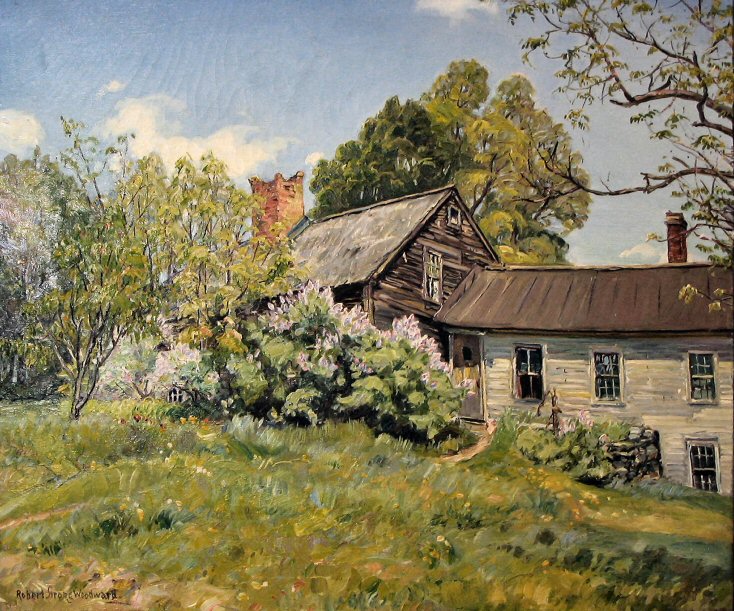
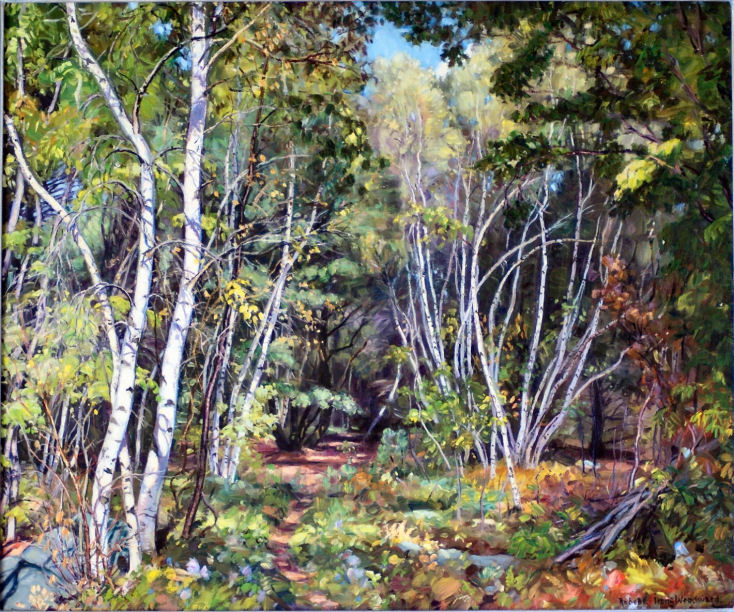
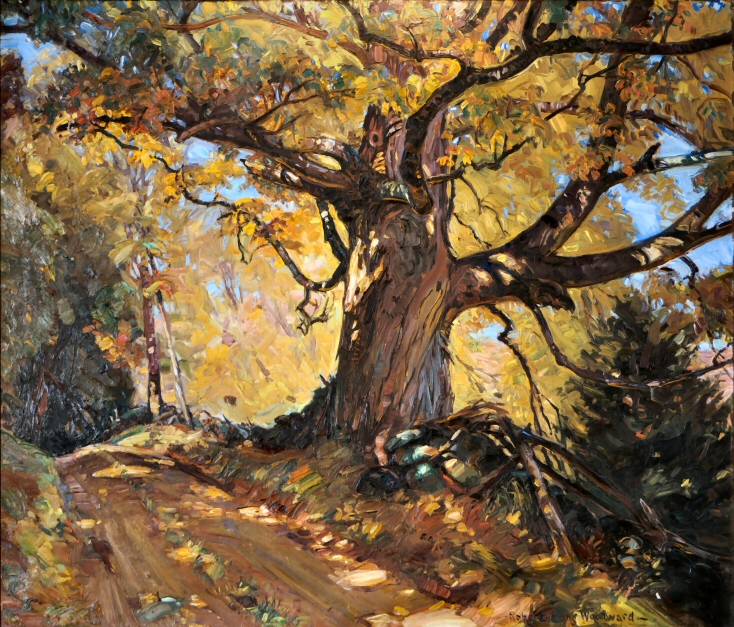
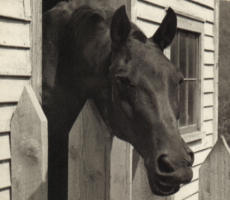 RSW's
RSW's .png)
